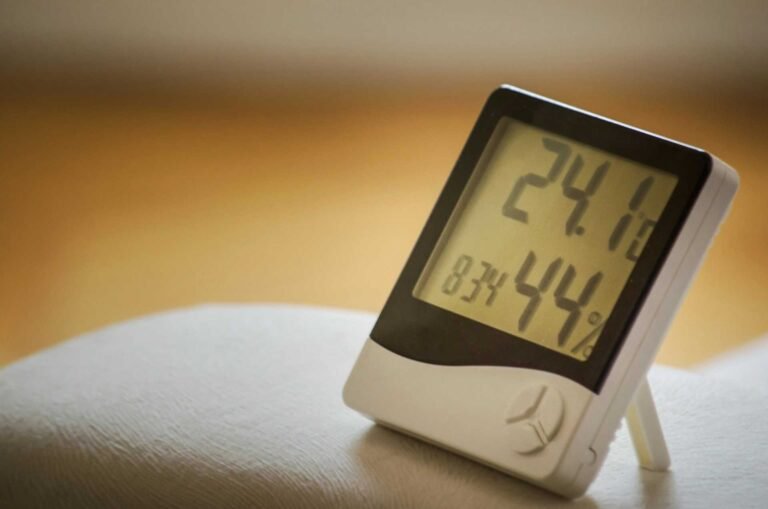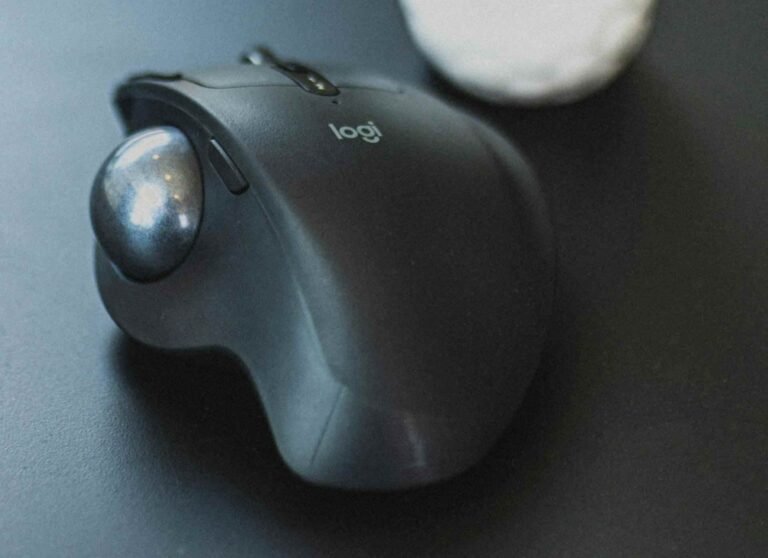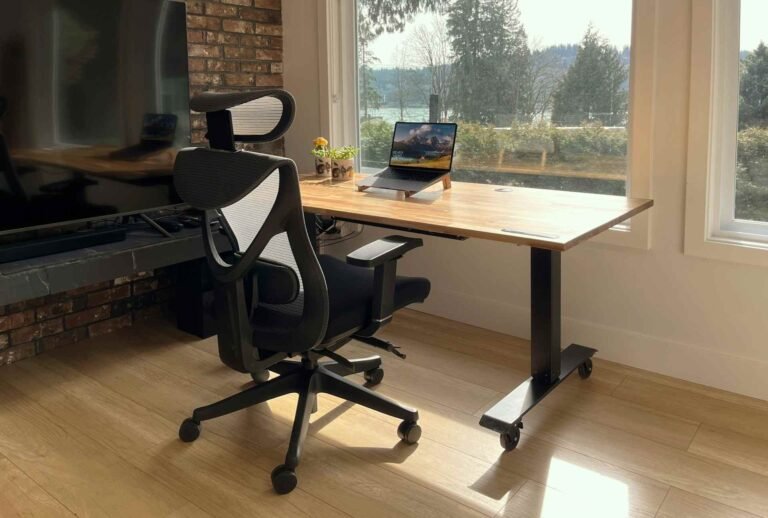Are Seat Cushions Good for You? Complete Benefits Analysis
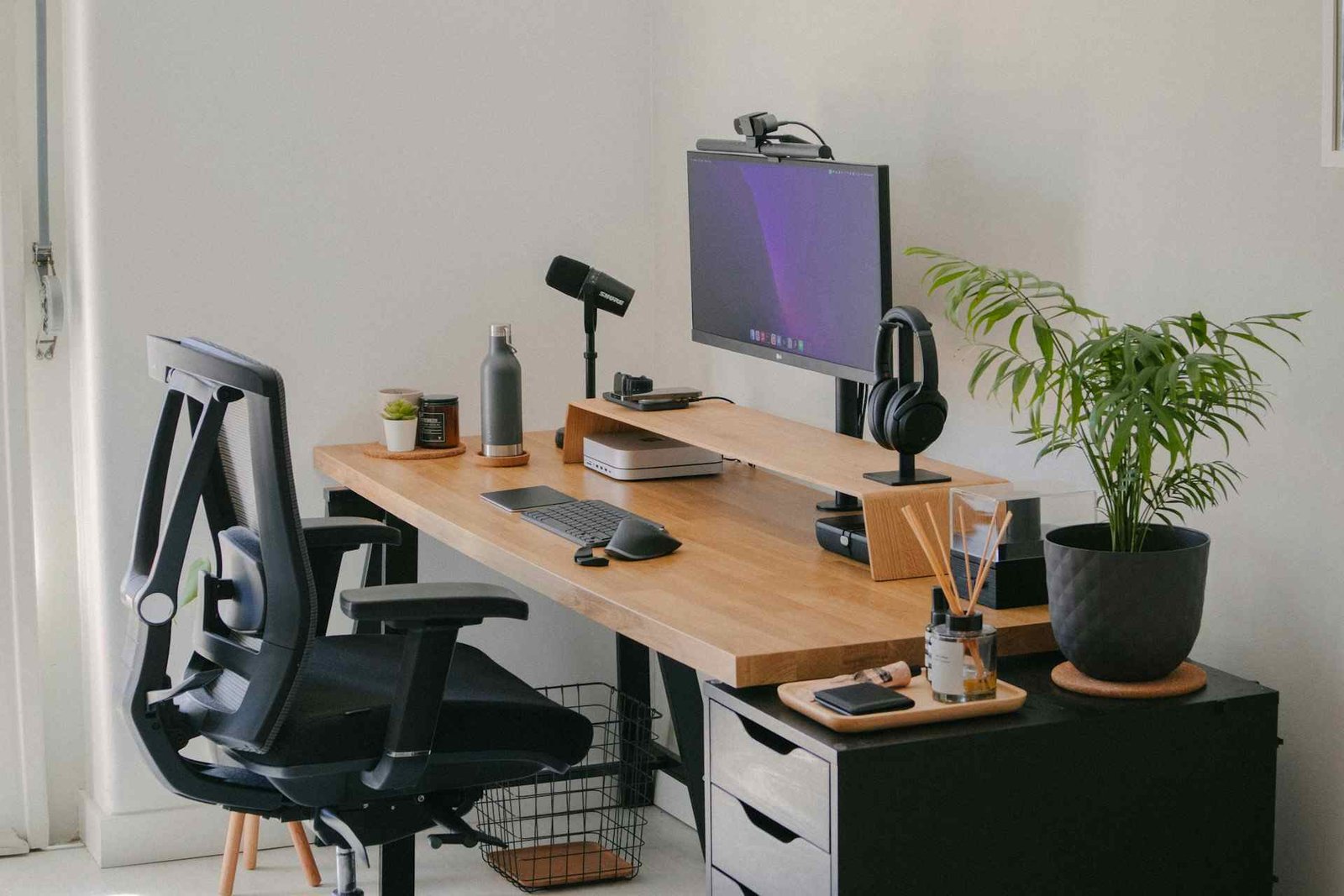
Let’s be honest, most of us spend way too much time planted in chairs. Whether we’re grinding through another eight-hour workday, stuck in traffic during our daily commute, or marathon gaming on weekends, our poor bodies are taking a beating from all this sitting. If you’ve ever wondered whether adding a seat cushion to your chair could actually make a difference, you’re not alone. The short answer? Absolutely, but let’s dive deeper into why these seemingly simple accessories might just be the game-changer your workspace needs.
What Makes Seat Cushions Actually Work?
The magic behind why seat cushions can be genuinely beneficial lies in basic human anatomy and physics. When we sit on hard surfaces for extended periods, our body weight gets concentrated on a relatively small area, specifically our sit bones (those bony points at the bottom of our pelvis). This creates pressure points that can lead to discomfort, reduced blood circulation, and eventually pain that radiates throughout our lower body.
Think of it like sleeping on a rock versus a mattress. Your body naturally wants even weight distribution, and seat cushions provide exactly that. They work by spreading your body weight over a larger surface area, reducing those concentrated pressure points that make long sitting sessions miserable.
The science gets even more interesting when we consider spinal alignment. Many of us develop what experts call “slouch posture” when sitting for long periods. This happens because standard chair seats often don’t support our natural spinal curves, causing us to gradually slide forward and round our shoulders. Quality seat cushions, especially those with ergonomic designs, can help maintain the natural S-curve of our spine by providing proper support exactly where we need it most.
The Real Benefits of Using a Seat Cushion
Pressure Relief That Actually Matters
The most immediate benefit most people notice is significant pressure relief. When you’re dealing with tailbone pain, hip discomfort, or that nagging ache that develops after hours of sitting, a well-designed cushion can provide almost instant relief. Memory foam options adapt to your body’s unique contours using your own body heat, creating a custom fit that traditional chair padding simply can’t match.
For those dealing with specific conditions like sciatica or coccyx injuries, specialized cushions with U-shaped cutouts can be particularly effective. These designs literally remove pressure from the most sensitive areas while still providing support around them.
Improved Circulation and Comfort
Poor circulation is one of those sneaky problems that many of us don’t even realize we’re dealing with. When you’re sitting on a surface that’s too firm or doesn’t distribute weight properly, blood flow to your legs and lower body can become restricted. This leads to that familiar “pins and needles” sensation, leg numbness, or just general discomfort that makes it impossible to focus on anything else.
Modern seat cushions address this by using materials and designs that promote better blood flow. Gel-infused options not only provide excellent pressure distribution but also help regulate temperature, preventing the heat buildup that can make circulation problems worse.
Postural Support Where It Counts
Here’s where things get really interesting from a productivity standpoint. When you’re more comfortable and your spine is properly aligned, your entire body can function more efficiently. This means less fatigue, better focus, and the ability to maintain good posture throughout the day without constantly having to remind yourself to “sit up straight.”
Some cushion systems even come with additional lumbar support components, creating a complete ergonomic seating solution that transforms any basic chair into something that actually supports your body’s needs.

Different Types: Finding Your Perfect Match
The world of seat cushions has evolved way beyond the basic foam squares your grandmother might have used. Today’s options include memory foam varieties that slowly conform to your body shape, gel-infused models that stay cool during long sitting sessions, and even air-filled cushions that let you adjust firmness on the fly.
Memory foam cushions remain popular because they offer that personalized fit we mentioned earlier. They’re particularly effective for people who sit in the same position for hours at a time, as the foam gradually adapts to create optimal support patterns.
Gel cushions have gained attention recently, especially among people who tend to run hot or live in warmer climates. The gel material provides excellent pressure distribution while staying noticeably cooler than traditional foam options. This can be a game-changer during summer months or in offices with poor climate control.
For maximum versatility, larger cushions offer more surface area coverage, making them ideal for people who tend to shift positions frequently or want cushioning that extends beyond just the primary sitting area.
Do Seat Cushions Actually Work?
This is where we need to separate marketing hype from real-world results. The honest answer is that seat cushions can be incredibly effective, but they’re not magic solutions that will instantly fix decades of poor posture or underlying health issues.
What they excel at is addressing the immediate discomfort and long-term problems that come from prolonged sitting on inadequate surfaces. If your current chair feels like it was designed by someone who has never actually sat down, a good cushion can absolutely transform your sitting experience.
The effectiveness really depends on matching the right type of cushion to your specific needs and sitting habits. Someone who spends ten hours a day at a computer desk has different requirements than someone who primarily needs cushioning for car trips or occasional home office work.
Most people notice improvements in comfort within the first few days of use, with more significant benefits developing over weeks as their posture and sitting habits adjust. The key is consistency, using the cushion regularly rather than just when discomfort becomes unbearable.
Who Should Consider Using a Seat Cushion?
The short answer is almost anyone who sits regularly, but certain groups tend to see the most dramatic benefits. Office workers, especially those in cubicle environments with standard-issue chairs, often find that adding a quality cushion is the most cost-effective way to improve their workspace ergonomics.
People recovering from injuries, particularly those affecting the lower back, hips, or tailbone, frequently find that seat cushions provide the extra support needed during the healing process. It’s worth noting that while cushions can be incredibly helpful for managing discomfort, they shouldn’t replace proper medical care for serious conditions.
Drivers and frequent travelers also make up a large portion of satisfied cushion users. Car seats, airplane seats, and other transportation seating are notorious for being poorly designed for long-term comfort. A portable cushion can make the difference between arriving at your destination feeling refreshed versus feeling like you’ve been through a wrestling match.
Even gamers and home office workers who thought their expensive gaming chairs or desk chairs were perfectly adequate often discover that adding a specialized cushion takes their comfort to the next level.

Maximizing the Benefits: Getting the Most from Your Cushion
Simply buying a seat cushion and tossing it on your chair isn’t going to deliver optimal results. Like any ergonomic tool, there’s a right way and a wrong way to use them.
First, positioning matters more than most people realize. The cushion should be placed so that your thighs are parallel to the floor and your feet can rest flat on the ground (or a footrest). If the cushion is too thick for your setup, it can actually create new problems by raising you too high relative to your desk or steering wheel.
Most quality cushions come with non-slip bottoms, but it’s still worth taking a moment to ensure yours stays properly positioned throughout the day. A cushion that shifts around isn’t going to provide consistent support, and constantly readjusting it can become more annoying than helpful.
For people who split time between multiple locations, portability becomes crucial. Look for cushions with built-in handles and lightweight construction that won’t become a burden to transport.
Potential Drawbacks and Considerations
While seat cushions offer significant benefits for most people, they’re not universally perfect solutions. Some individuals find that cushions make them sit higher than their workstation was designed for, potentially creating new ergonomic problems with desk and monitor positioning.
There’s also an adjustment period that varies from person to person. Some people feel immediate relief, while others need several days or even weeks for their body to adapt to the new support patterns. During this transition, you might actually experience temporary discomfort as your posture and muscle activation patterns change.
Maintenance is another factor that’s easy to overlook. Quality cushions need regular cleaning to remain hygienic and effective, especially if you’re using them daily. Most come with removable, washable covers, but this does add to your regular cleaning routine.
Temperature sensitivity can be an issue for some materials. Traditional memory foam, while excellent for pressure relief, can retain heat and become uncomfortably warm during long sitting sessions. This is why many manufacturers now offer gel-infused or specially ventilated options, though these typically come at a higher price point.
The Technology Behind Modern Seat Cushions
Today’s seat cushions incorporate materials and design principles that were unimaginable just a few decades ago. Memory foam technology, originally developed for NASA, has been refined to provide optimal support while remaining comfortable for extended periods.
Gel technology represents another significant advancement. Modern gel materials can provide excellent pressure distribution while maintaining stable temperatures, addressing two of the most common complaints about traditional cushion materials.
Some newer cushions incorporate air circulation channels or specialized fabrics designed to wick moisture and promote airflow. These features might seem minor, but they can make a substantial difference in comfort during long sitting sessions.
The trend toward modular systems is also worth noting. Rather than offering one-size-fits-all solutions, some manufacturers now provide cushion systems that can be customized for specific body types, sitting preferences, or medical conditions.
Making the Right Choice for Your Situation
Selecting the right seat cushion involves honestly assessing your specific needs, sitting habits, and physical concerns. Someone dealing with tailbone pain has different requirements than someone who simply wants to make their office chair more comfortable.
Consider your primary use case first. If you’re mainly looking to improve your office chair, factors like professional appearance and compatibility with your desk height become important. In this context a height adjustable desk also becomes an important consideration. For car use, focus on cushions that won’t interfere with controls or safety systems.
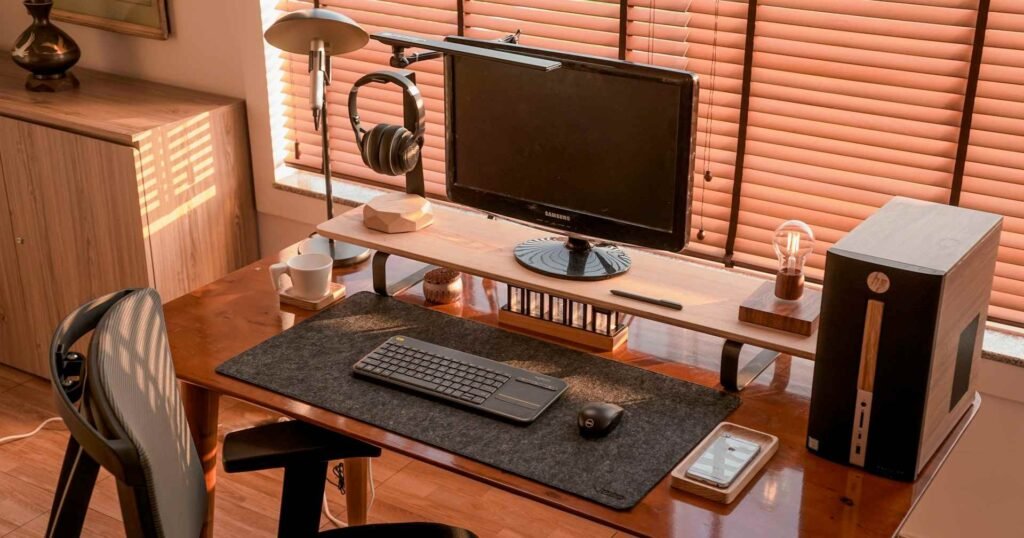
Think about your tolerance for adjustment periods as well. Some high-end cushions provide superior long-term benefits but require more time for your body to adapt, while simpler options might provide immediate comfort with fewer long-term advantages.
Budget considerations should include both the initial cost and the expected lifespan of the cushion. A more expensive option that lasts three times longer than a cheaper alternative might actually be more economical in the long run.
Integration with Other Ergonomic Solutions
Seat cushions work best as part of a comprehensive approach to workplace ergonomics. While they can provide significant benefits on their own, combining them with other improvements like proper monitor positioning, adequate lighting, and regular movement breaks creates synergistic effects.
For people who spend significant time at computers, addressing monitor glare and positioning is crucial. Even the most comfortable seat cushion won’t solve problems caused by neck strain from poorly positioned screens.
Consider also whether your workspace setup includes accessories that complement good sitting posture. Sometimes the combination of multiple small improvements creates more dramatic results than any single change alone.
FAQ
How long does it take to notice benefits from a seat cushion?
Most people experience some immediate comfort improvement, but the full benefits typically develop over 1-2 weeks as your body adjusts to the new support patterns. Some individuals with specific pain conditions notice relief within hours, while others may need up to a month to fully adapt to the improved posture and alignment.
Can seat cushions help with existing back pain?
Seat cushions can provide significant relief for back pain related to poor posture or prolonged sitting, but they’re not medical devices and shouldn’t replace proper treatment for serious conditions. Many people find that cushions help manage their symptoms and prevent pain from worsening, especially when combined with other ergonomic improvements and regular movement.
Do I need different cushions for different chairs?
While many cushions are designed to work with various chair types, you might benefit from different options for different environments. A cushion that’s perfect for your office chair might be too bulky for car use, or a travel-friendly option might not provide enough support for all-day office work. Consider your most frequent use case first, then determine if you need additional options.
How do I know if my cushion is the right firmness?
The right firmness allows you to sink in slightly while still maintaining proper support. You should feel your weight being distributed evenly rather than concentrated on pressure points. If you’re sinking too deeply or feeling like you’re sitting on top of the cushion rather than being supported by it, the firmness level probably isn’t optimal for your needs.
Will a seat cushion make me sit too high for my desk?
This is a common concern that’s easily addressed with proper setup. Most cushions add 2-4 inches to your sitting height, which may require adjusting your chair’s height or your monitor position. If you can’t adjust your desk or chair sufficiently, look for thinner cushion options or consider whether your workspace might benefit from other ergonomic adjustments.
How often should I replace my seat cushion?
Quality cushions typically maintain their effectiveness for 1-3 years with regular use, though this varies significantly based on materials, usage patterns, and care. Memory foam cushions generally last longer than basic foam options, while gel cushions can maintain their properties for several years. Replace your cushion when it no longer returns to its original shape after use or when the cover shows significant wear.
Conclusion
So, are seat cushions good for you? The evidence strongly suggests they can be transformative for people who spend significant time sitting, but like most things in life, the devil is in the details. The right cushion, used properly and as part of a broader approach to workspace ergonomics, can dramatically improve comfort, reduce pain, and potentially boost productivity.
The key is approaching the decision thoughtfully rather than just grabbing whatever’s cheapest or has the most reviews online. Consider your specific needs, be realistic about your expectations, and remember that even the best cushion in the world won’t fix problems that require getting up and moving around occasionally.
Whether you’re dealing with an unforgiving office chair, planning long road trips, or just looking to make your work-from-home setup a little more comfortable, there’s probably a seat cushion solution that fits your needs and budget. Your back (and your productivity) will likely thank you for making the investment in better sitting comfort.
Looking for more? Check out our productivity tools category for more articles and guides that may interest you!
Featured image credit: Photo by Nubelson Fernandes on Unsplash
This content is for informational purposes only. Please verify current information directly on the retailer’s site before purchasing.
References:
Channak S, Speklé EM, van der Beek AJ, Janwantanakul P. The effectiveness of a dynamic seat cushion in preventing neck and low-back pain among high-risk office workers: a 6-month cluster-randomized controlled trial. Scand J Work Environ Health. 2024 Oct 1;50(7):555-566. https://doi.org/10.5271/sjweh.4184


